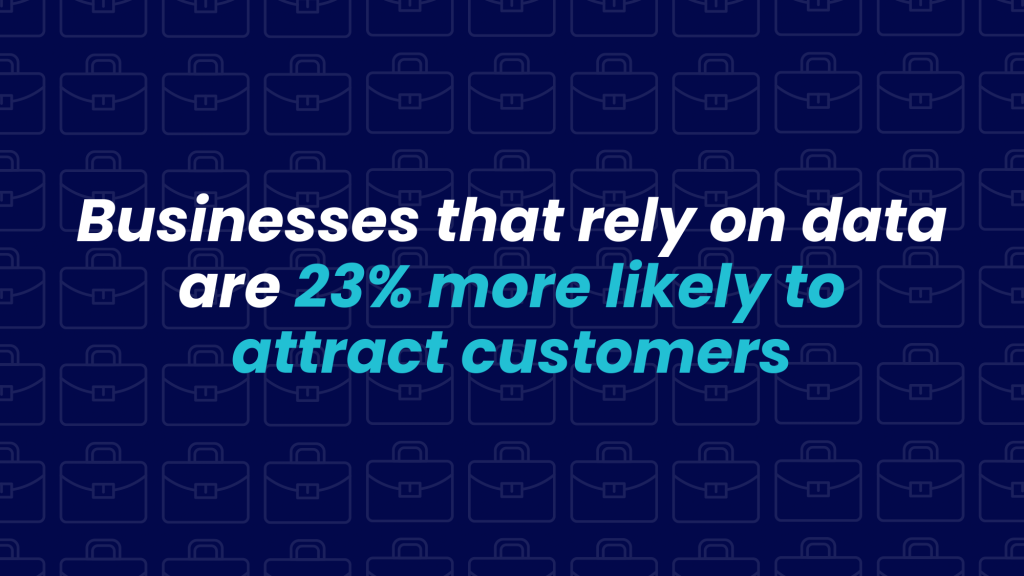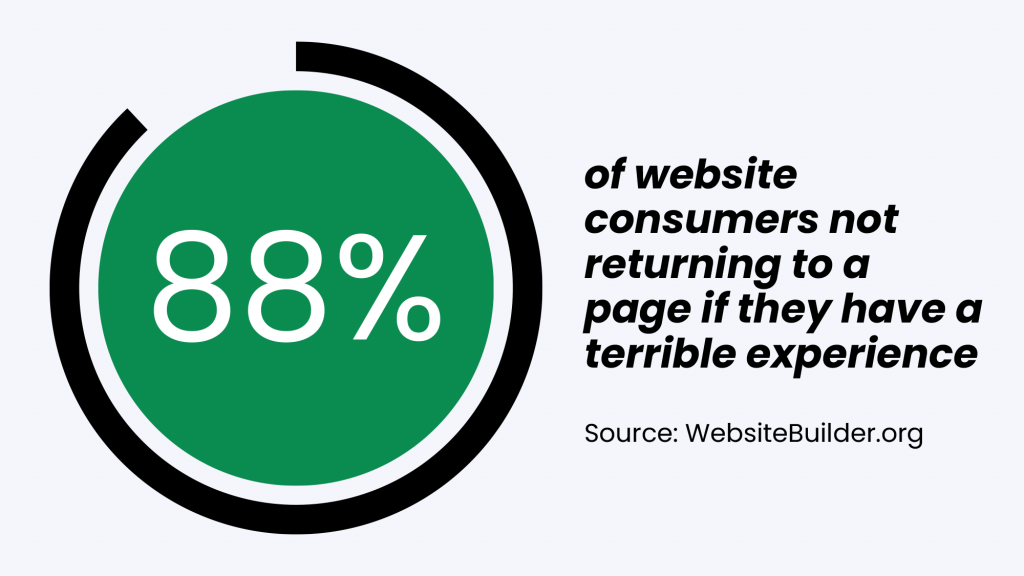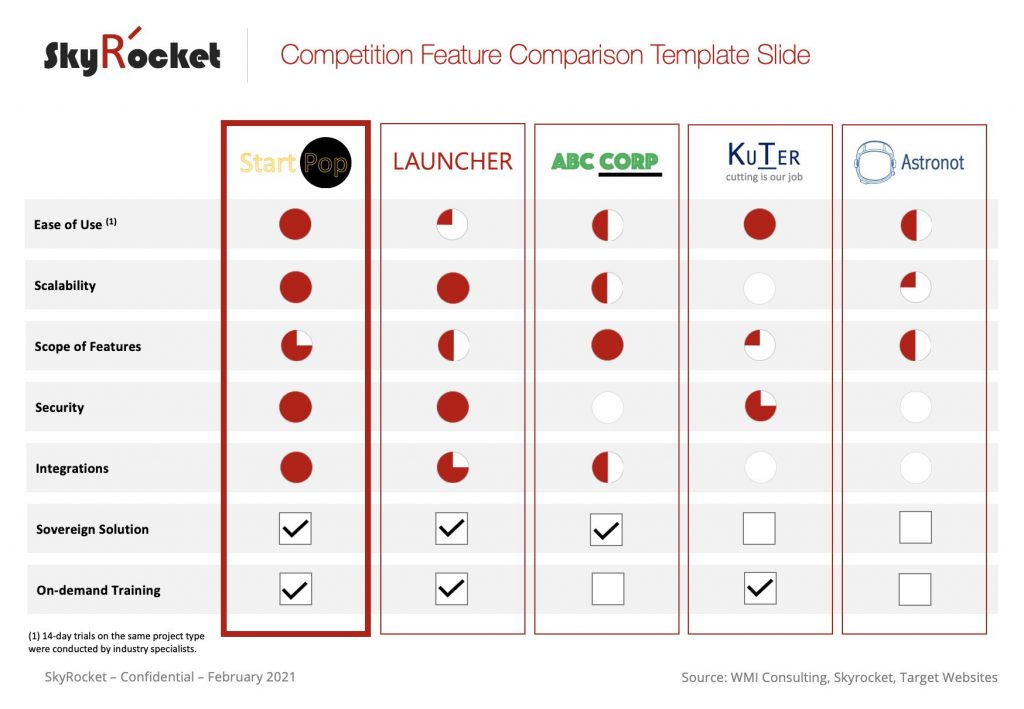
Whether you’re Amazon, a local brick-and-mortar store, or an online Etsy shop, chances are you have competitors – and lots of them.
Therefore, conducting a competitor analysis can be extremely influential in attracting and retaining customers.
Luckily, there are many types of competitive assessments that can tackle your unique needs, big or small.
In this post, we’ll cover the best options for competitor assessments including:
- Website competitor audits
- Competitor product or service analysis
- Competitive pricing analysis
- Marketing competitor audit
What is a Competitive Assessment?
A competitive assessment measures key performance indicators from key rival businesses and how they compare to your own.
This in-depth insight can help business leaders understand what they’re up against and how they can come out on top.
What’s more, this data can be compared with your own so you can identify key figures about your own business.
As you can imagine, investing in competitive assessments provides a large array of benefits for a company.
So much so that competitive market research is in 57% of businesses’ top 3 goals.

Why is a Competitor Assessment Important?
Below, we’re sharing three major reasons why rival assessments are so important.
1. Identify Areas of Opportunity to Enhance Business Strategy
This is a big one.
Assessing your rivals will give you an inside look into their overall strategies.
- What are they doing that works?
- What are they doing that’s missing the mark?
- Can you outperform your competitors in any key areas?
Perhaps you can think of an improved version of what your rivals are doing.
For instance, Urban Outfitters had artists manage their stores, versus traditional retail managers. This move had big effects on the shopping experience.
Because of this, the popular store stood out against competing retailers and saw a 500% boost in revenue.
2. Data-Driven Insights to Guide Business Decisions
Unsurprisingly, businesses that rely on data are 23% more likely to attract customers.

When using competitor data, you have a unique chance to not only attract more customers but to actually improve your products/services.
A competitive strength assessment lets you make your own product/service tweaks based on these changes and outdo your rivals.
Plus one of the biggest benefits of conducting competitor research is having data to drive decision-making takes the guesswork and unknown out of the equation.
3. Measure and Benchmark KPIs to Competitors
Investing in rival research will have a lasting impact on your business strategy.
Why? Because when you regularly (or semi-regularly) track competitors, you can then begin to benchmark the data.
Competitor benchmarking involves comparing your own data with competitors, industry leaders, and even yourself with future iterations of market research. But there are certain factors that stand out.
Key metrics to cover here include:
- Customer satisfaction
- Perception
- Satisfaction
- Awareness
We believe benchmarking data is critical because without knowing these metrics, you can’t expect to take on your rivals.
Our below video explains competitive benchmarking further:
Best Types of Competitive Assessments
While there are different types of competitive assessments to use, they all focus on gathering important business metrics. A comprehensive audit can include each component we discuss below, or just a few.
Working with a competitive assessment company can help determine what is best for your unique goals, timeline, and budget.
1. Website Competitor Audit
You may have the best, most innovative website around. It may have all the latest features and look super sleek. However, if you’re not getting many visitors, none of that matters.
A competitor analysis company, like Drive Research, will go in and gather information on rival websites to see where they’re excelling.
This data can then be used by your organization to improve SEO efforts to get you plenty of traffic.
And with 88% of website consumers not returning to a page if they have a terrible experience, it is a critical asset to pay attention to.

Elements of a rival’s website audit include:
- Page titles
- Meta descriptions
- H1 and H2 tags
- 404 errors
- URL structures
- Domain authority
- Bad links
- Page load times
Additionally, a third party will assess the usability of your website through user experience market research. Although it’s its own singular type of research, UX studies have a strong role in website competitor audits.
The market research team will evaluate components such as navigation, site speed, and how users interact with your website.
With this insight, they can learn how your site compares to competitors under the same assessment.
Pros and Cons of Website Competitor Audits
- Pros: Website audits target rival websites to see what they’re doing right (or wrong). This information will then be given to you, so your site can improve its user experience, SEO, and more.
- Cons: The primary criticism of website competitor audits is that they may prompt firms to copy the look and design of an existing website. This can hurt the brand’s ability to stand out.
2. Competitor Product or Service Analysis
Another type of competitive assessment, product or service audits will also go over what your company offers.
The last thing your brand wants is to lag behind your competitors in any way, especially when it comes to your product or service offerings.
With new and innovative brands popping up every day, it is imperative to always be evolving.
In fact, studies have shown that 40% of Fortune 500 companies fail within 10 years, all due to rising competitors.
Factors that are assessed in the product or service audit include:
- Gap identification: Competition offerings that you don’t have
- Differentiators: Your offerings that the competition doesn’t have
Once completed, results will be presented as a matrix. This format will easily show you where differentiators and gaps are.
Here is an example of a product or service competitive matrix created by SkyRocket.

Pros and Cons of Product or Service Audits
- Pros: With brands constantly evolving their innovative offerings, you want to make sure you can stay on top, too. Through gap identification and differentiators, you’ll be able to see what you’re excelling at as well as areas of opportunity.
- Cons: It is more so important to focus on what is important to your customers to determine what improvements need to be made. For instance, if competitors are selling their products at a lower cost, but customers are willing to pay more for a quality product, then reducing your prices solely to beat your competitors is not necessary.
3. Competitive Pricing Analysis
Is the price right? This type of competitive assessment will let you know.
Pricing can be a major deciding factor as to why customers choose one brand over the other.
If a potential customer sees that both you and a rival company have a similar service, but your competitor is cheaper, chances are they’re buying from your competition.
And we don’t want that, do we!
To prevent this from happening, a competitive assessment company will take a detailed look into how your prices compare to your competitors.
These prices will then be placed in a Google sheet for easy sharing and viewing.
How Does a Third-Party Find My Competitor’s Pricing?
For some industries, pricing information is typically pulled from e-commerce websites or competitor pages.
Take bank and credit union market research for example.
We often conduct a competitive rate analysis for financial institutions to stay top of mind with ever-evolving rates tied to money markets or auto and home loans.
However, there are many types of organizations where pricing is not readily available online.
In these cases, Drive Research conducts mystery shopping calls where we obtain pricing information or any other critical insights that cannot be found on a competitor’s website.
Additionally, our team will create regular reports for these clients, offering information on local, regional, and national competitors.
How Often Should I Conduct Pricing Audits?
To see a greater impact from this type of competitive assessment, we recommend running these audits more regularly — think every 3, 6, or 12 months.
By doing so, you’ll be able to easily track pricing changes and adjust your offerings accordingly.
Pros and Cons of a Pricing Analysis
- Pros: Pricing audits are a very popular type of competitive assessment because monitoring rates from rival companies is hugely important. You want your business to not only offer top-notch services but good pricing, too.
- Cons: Competitors’ pricing is not always easily accessible. In these care mystery shopping calls and meetings must take place which can drive up the cost of a competitive assessment.
4. Marketing Competitor Audit
Competitive analysis in marketing offers a deep dive into your rival’s marketing and advertising techniques.
Your report will likely include information on:
- Sales collateral
- Social media ads
- Emails
- Blogs
- Whitepapers
- Webinars
Additionally, information on how your competitors use organic social media can be provided. You’ll be able to see the rate at which they use these platforms, giving you further insight.
From this information, the main marketing channels for lead generation will be outlined. This is a great way to understand how competitors are getting sales.
Again, a competitor analysis company would log these various activities into a matrix, along with attached marketing files.
Pros and Cons of a Marketing Competitor Audit
- Pros: A marketing competitive analysis will include everything from blog posts to social media usage. It provides your team with insight into where your competitors are spending money and what channels are offering the best ROI.
- Cons: Social media metrics are easy to manipulate. Don’t overestimate how much users are engaging with competitor brands.
Final Thoughts
No matter the type of competitive assessments used, businesses will always benefit from this form of market research. Understanding where rivals rank and how they obtain customers is the key to boosting your own business strategy.
Watching rivals allows you to come up with new business ideas. Just as important, you can veer away from ideas that have already been used or flopped.
Contact Our Competitive Assessment Company
Drive Research is a national market research company that’s ready to help you take on your rivals. Our team is well-versed in all things competitive research and can work with your company’s specific needs.
Whether it be specific to pricing, website building, marketing, products, or a combination of factors, Drive Research is experienced in uncovering the data you want.
Want to learn more about our market research services? Talk to us today!



